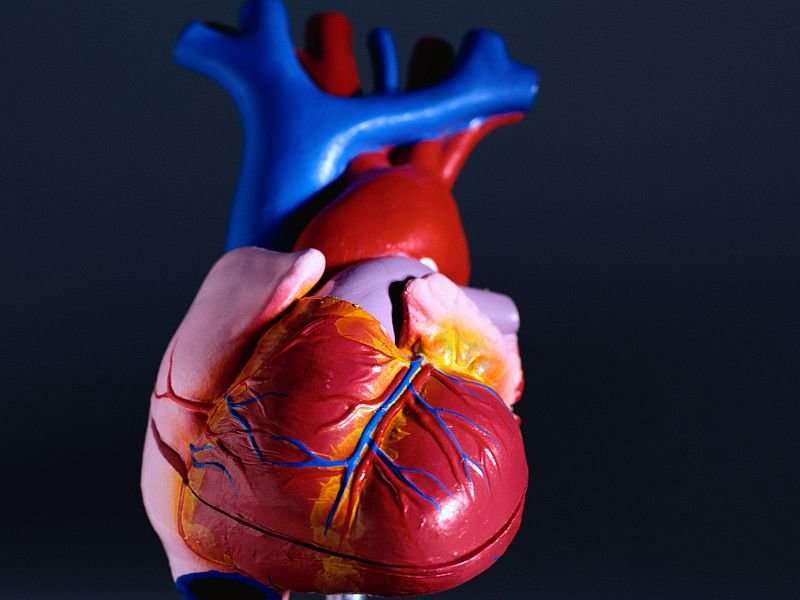Increased repolarization dispersion seen in SCD survivors

(HealthDay)—Survivors of sudden cardiac death (SCD) with structurally normal hearts have increased dispersion of repolarization after exertion, and this is detectable on non-invasive electrocardiographic imaging (ECGi), according to a study published online Nov. 1 in the Journal of Cardiovascular Electrophysiology.
Kevin M.W. Leong, M.B.B.S., from Imperial College London, and colleagues applied non-invasive ECGi to 11 survivors of SCD, 10 low-risk Brugada syndrome (BrS) patients, and 10 controls undergoing exercise treadmill testing. Global dispersion of activation recovery interval (ARI) and regional delay in conduction were determined from ECGi and were used as surrogates for spatial heterogeneities in repolarization and depolarization.
The researchers found that after exertion, the largest increase in global dispersion of ARl was seen for the SCD group versus the BrS and control groups (13±8 versus 4±7 and 4±5 ms); baseline dispersion was similar in all groups. Surface ECG markers of dispersion of repolarization were not able to differentiate between the groups at baseline or after exertion. After exercise, there were spatial heterogeneities in conduction; these did not differ significantly between the SCD survivors and the other groups.
"Increased dispersion of repolarization is apparent during physiological stress in SCD survivors and is detectable with ECGi but not with standard ECG parameters," the authors write. "The electrophysiological substrate revealed by ECGi could be the basis of alternative risk-stratification techniques."
One author disclosed ties to Medtronic.
More information:
Abstract
Full Text (subscription or payment may be required)
Copyright © 2017 HealthDay. All rights reserved.



















